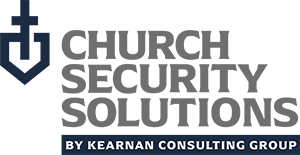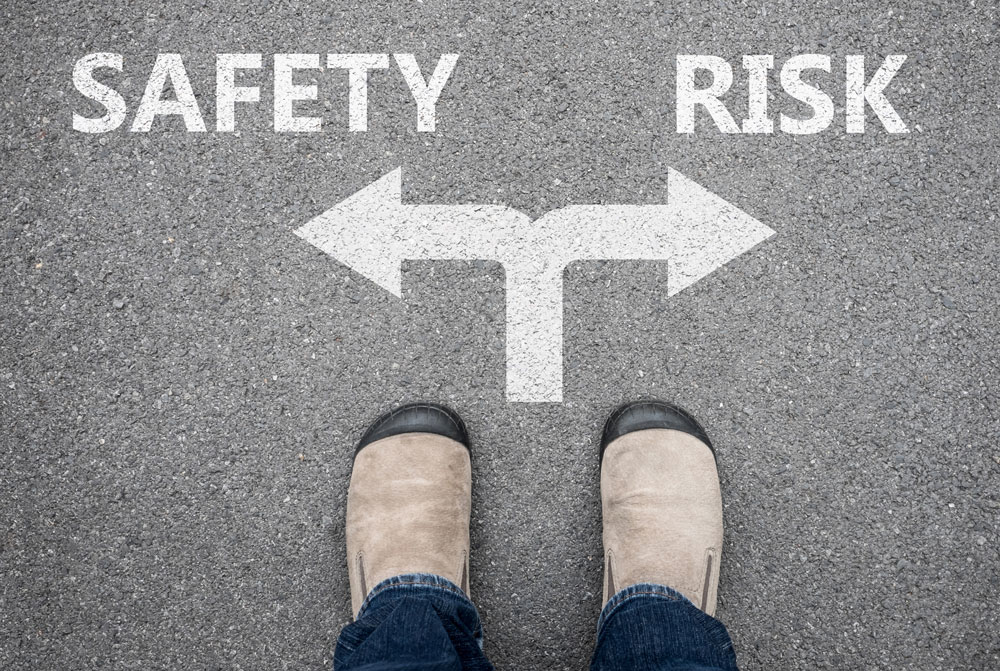Defining Standards of Care in Organizational Settings
When we talk about the concept of “standard of care,” we’re addressing an organization’s responsibility to ensure the safety and well-being of its patrons, guests, visitors, employees, and other stakeholders. This multifaceted obligation is governed not only by external regulatory authorities but also by the organization’s own internal protocols and culture. Your standard of care can be as detailed or as succinct as your organization prefers, provided the following recommendations are taken into consideration.
External Regulatory Authorities
Several regulatory authorities provide guidelines and enforce standards to which organizations must adhere:
- OSHA General Duty Clause: The Occupational Safety and Health Administration (OSHA) enforces workplace safety standards. Under the General Duty Clause, employers are required to provide a workplace free from recognized hazards that are likely to cause death or serious physical harm (OSHA, 2020).
- Fire Code: Fire safety regulations are crucial for protecting lives and property. Compliance with local, state, and national fire codes ensures that buildings are equipped with proper fire prevention and mitigation measures (National Fire Protection Association, 2018).
- General Premises Liability: Premises liability laws hold property owners and occupiers accountable for accidents and injuries that occur on their premises due to unsafe conditions. Organizations must maintain their properties to prevent foreseeable harm (American Bar Association, 2019).
Internal Organizational Standards
Beyond external regulations, an organization defines its own standard of care through a variety of internal mechanisms:
- Policy and Procedure: Developing comprehensive policies and procedures is key. These documents outline the organization’s commitment to safety and detail the specific steps employees must take to manage risks effectively (Centers for Disease Control and Prevention, 2021).
- Practice and Culture: The everyday practices and the culture of an organization play a significant role. A proactive safety culture encourages employees (and volunteers) to recognize and report hazards, participate in safety training, and follow established safety protocols (Gallagher, 2017).
- Documentation and Past Incidents: Organizations should meticulously document their safety practices and learn from past incidents. Reviewing and analyzing previous accidents or near-misses helps in identifying trends and areas for improvement (National Safety Council, 2020).
- Proactive Risk Recognition: Staying ahead of potential risks involves continuously monitoring for new threats and trends. This proactive approach includes regular risk assessments, scenario planning, and adopting best practices from similar venues (International Risk Management Institute, 2021).
- Good Faith vs. Deliberate Indifference: When incidents do occur, insurance claims agents and attorneys will examine the organization’s response. Demonstrating good faith efforts to maintain safety—such as regular training, prompt incident response, and adherence to policies—can protect the organization from claims of deliberate indifference (American Institute for Chartered Property Casualty Underwriters, 2019).
The standard of care in an organizational setting is defined by both external and internal factors. Regulatory bodies set minimum requirements, while organizations themselves must develop robust policies, foster a safety-oriented culture, and continuously adapt to emerging risks. By doing so, they not only ensure compliance but also safeguard the well-being of all stakeholders.
The author, Jeffrey Kearnan, is an expert witness in premises liability who provides valuable perspectives on this topic. More information can be found at https://jeffkearnan.com/ and https://kearnanconsulting.com/. For further insights specific to standards of care for Faith-Based Organizations, visit https://churchsecuritysolutions.org/.
References
- Occupational Safety and Health Administration (OSHA). (2020). General Duty Clause. Retrieved from OSHA.gov
- National Fire Protection Association. (2018). Fire Code. Retrieved from NFPA.org
- American Bar Association. (2019). Premises Liability Law. Retrieved from AmericanBar.org
- Centers for Disease Control and Prevention. (2021). Developing Policies and Procedures. Retrieved from CDC.gov
- Gallagher. (2017). Creating a Safety Culture. Retrieved from ajg.com
- National Safety Council. (2020). Incident Reporting and Analysis. Retrieved from NSC.org
- International Risk Management Institute. (2021). Proactive Risk Management. Retrieved from IRMI.com
- American Institute for Chartered Property Casualty Underwriters. (2019). Good Faith and Claims. Retrieved from TheInstitutes.org

